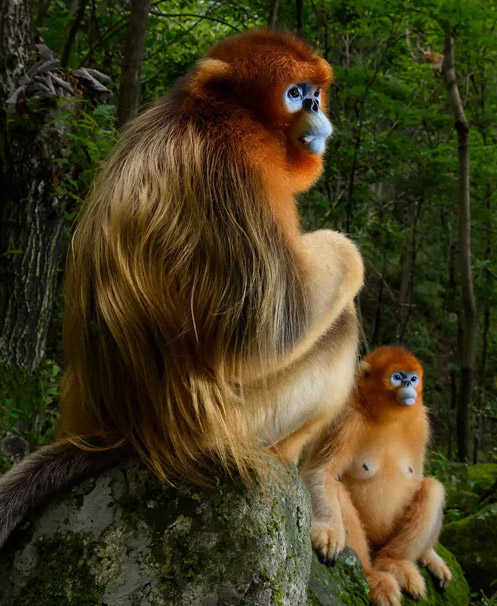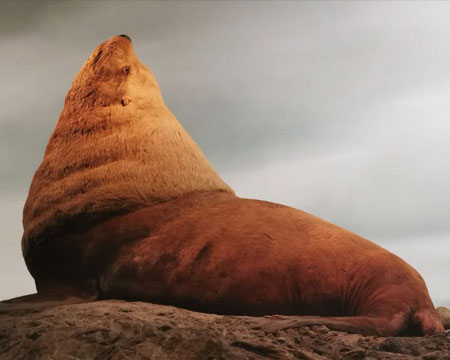
Sea Lion Watching on Vancouver Island
Sea lions gather in sizable colonies on the islands' rocky and sandy coasts. Stay with us to learn more about these species on Vancouver Island.
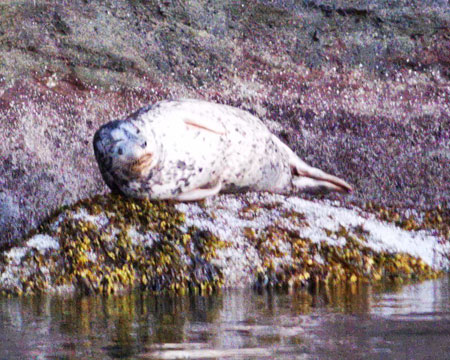
Seal Watching on Vancouver Island
It shouldn't take long to locate the harbour seal, Canada's Pacific coast's most common marine animal. Stay with us to gain more insight.
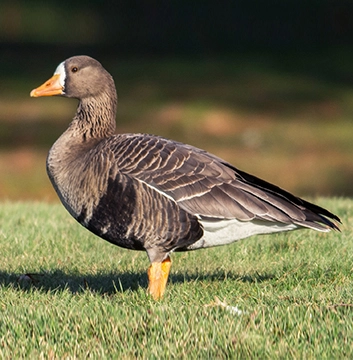
Greater White-fronted Goose Watching on Vancouver Island
The Greater White-fronted Geese is a stocky brown goose found across the Northern Hemisphere, including Vancouver Island.
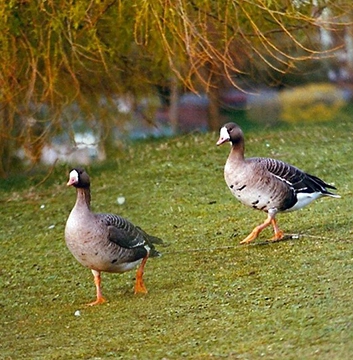
Canada Goose Watching on Vancouver Island
Canadian Geese abound on Vancouver Island throughout the winter months. When migratory birds return north in the spring, this rises. Their unique coloration makes them easy to spot.
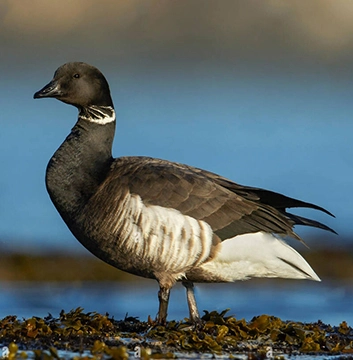
Brant Watching on Vancouver Island
Brant is a type of migratory game bird on Vancouver Island. These waterfowls can be categorized as geese which come to the Island every spring.
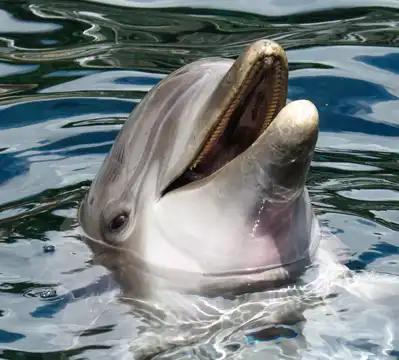
Porpoise Watching on Vancouver Island
Many people think that porpoises are a type of dolphin. It's wrong. They are a completely different family of cetaceans inhabiting the waters of Vancouver Island. Also, they aren't "baby orcas". Stay with us to tell you more.
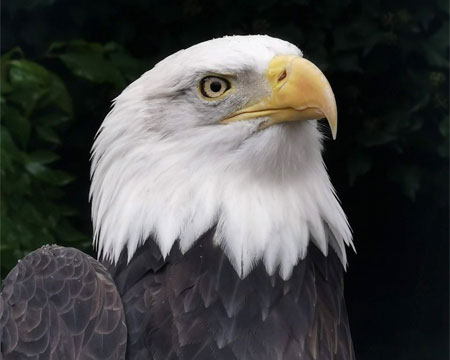
Eagle Watching on Vancouver Island
Come to Vancouver Island to see how the apex feathered predator come down from the sky for a grab. Let Vanisle Wildlife be your company!
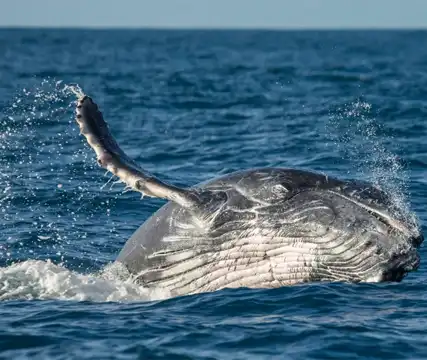
Humpback Whale Watching on Vancouver Island
Remember the nostalgic Hunchback of Notre Dame? Well, the waters of Vancouver Island is not deprived of such creature. Humpback whales are another migratory marine species that count Vancouver Island shore as one of their favorites.
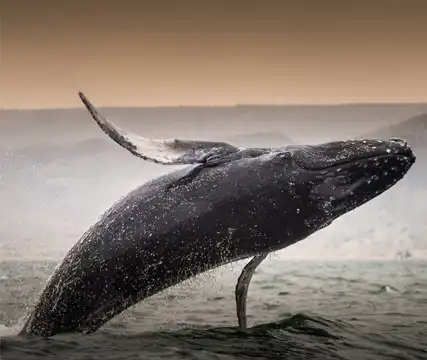
Gray Whale Watching on Vancouver Island
Looking for an opportunity for spotting the longest-route migrating mammals on earth? Vancouver Island is the land in which this opportunity grows on the tree. Stay with us to tell you more about this wonderful journey.
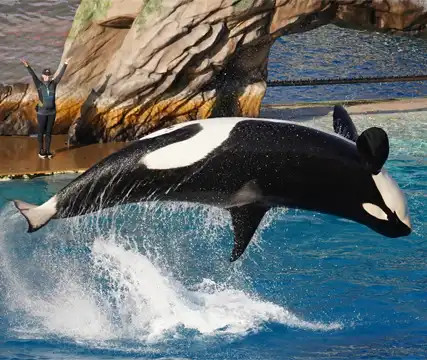
Orca Whale Watching on Vancouver Island
Whale watching on Vancouver island is full of wonders to explore! Come here to be a witness to the breaching of the most giant dolphin, Orca, in the world. They are the assassins of the marine mammals; even whales themselves.
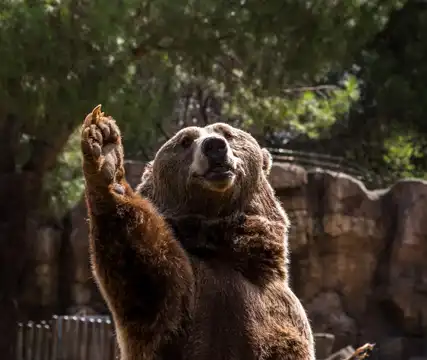
Grizzly Bear Watching on Vancouver Island
If, in any case, you have grizzly bear watching on your Canada bucket list, put it in your bags and bring it to Vancouver Island. Let's get to the lost paradises of grizzly bear where they live in abundance. Stay with us!
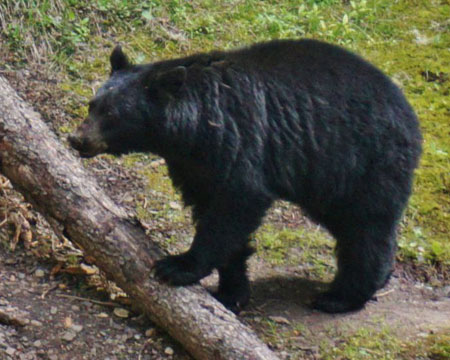
Black Bear Watching on Vancouver Island
Have you ever watch black bears play hid and seek? Vancouver Island black bear watching tours are what you're looking for. In order to know where is best to go black bear watching on Vancouver Island and where is the best place to go, stay with us!
